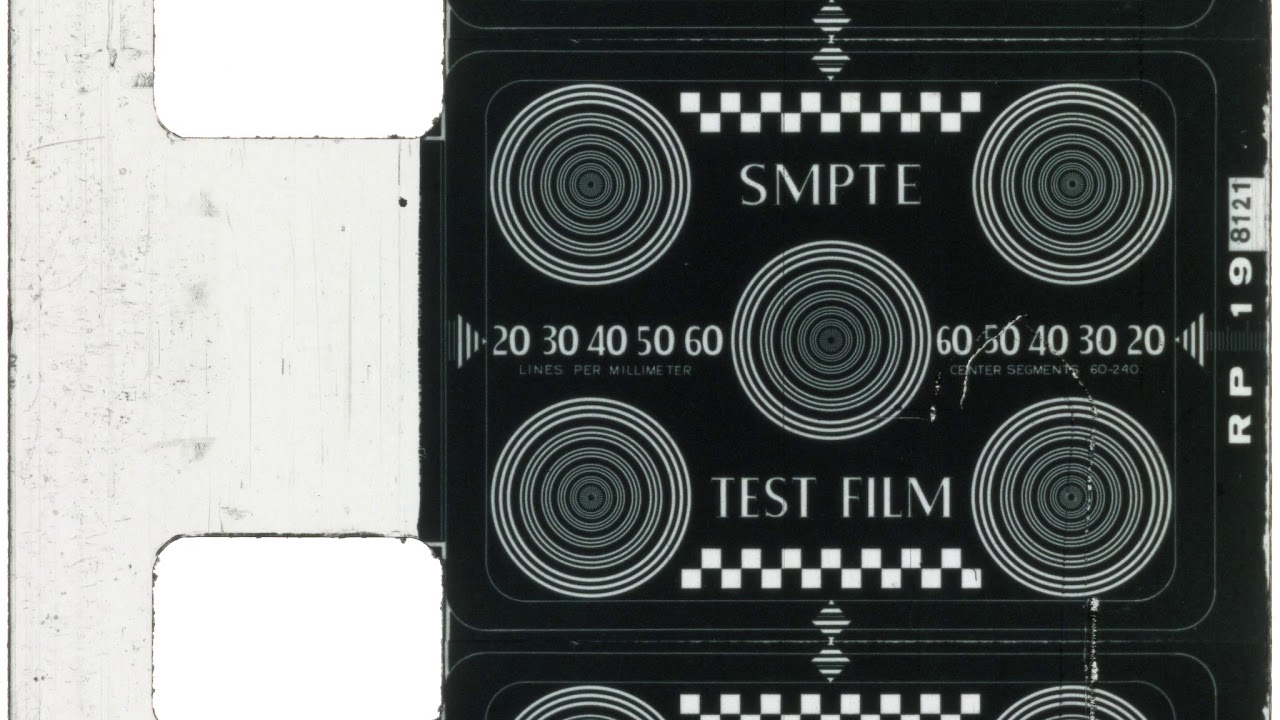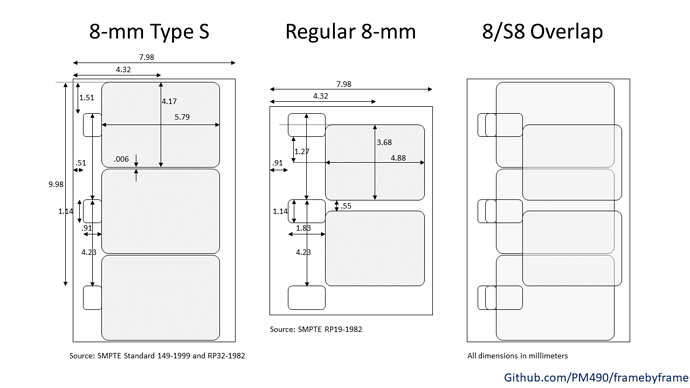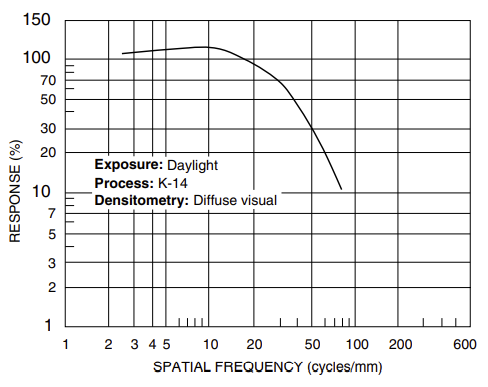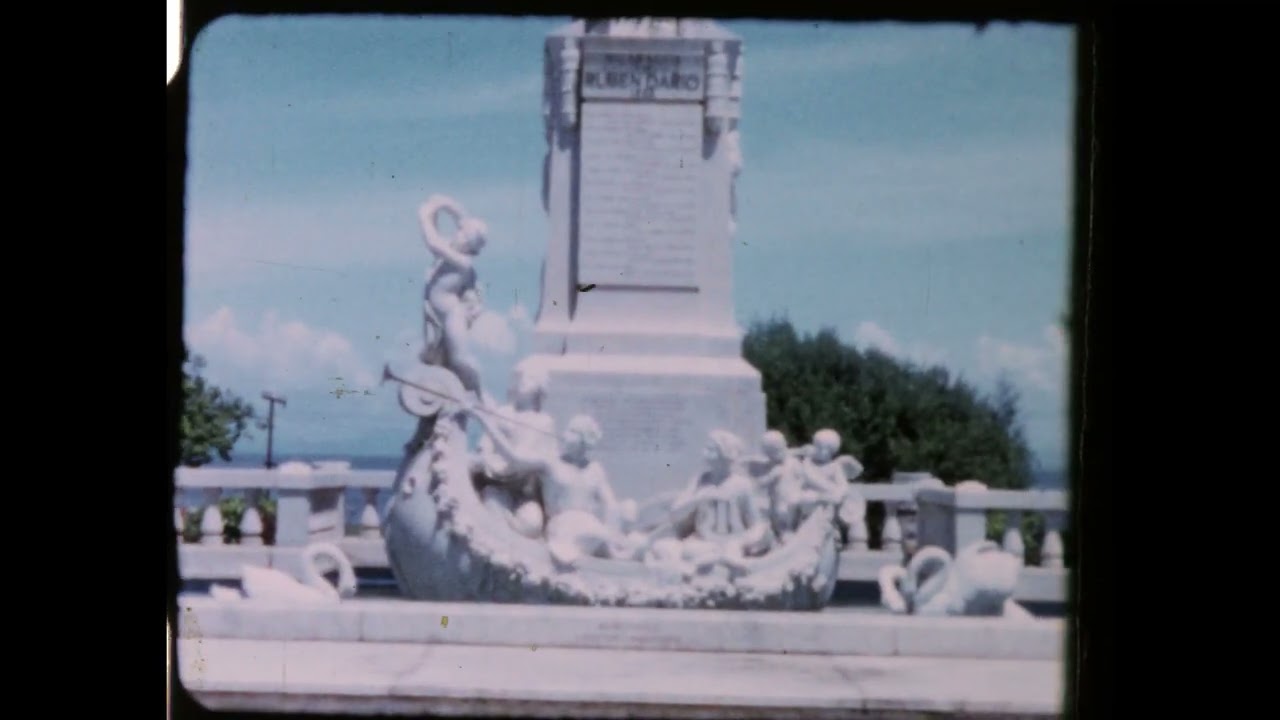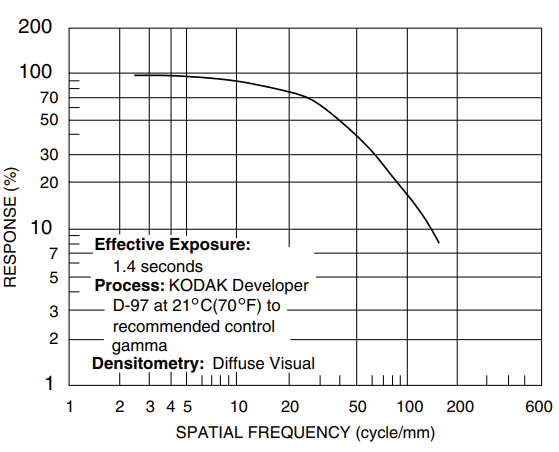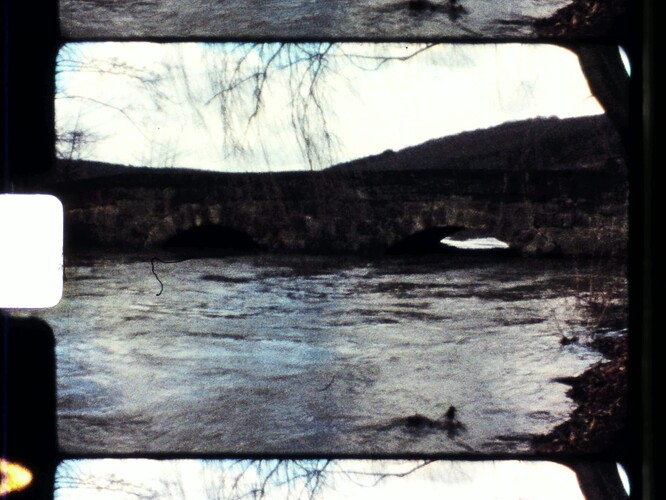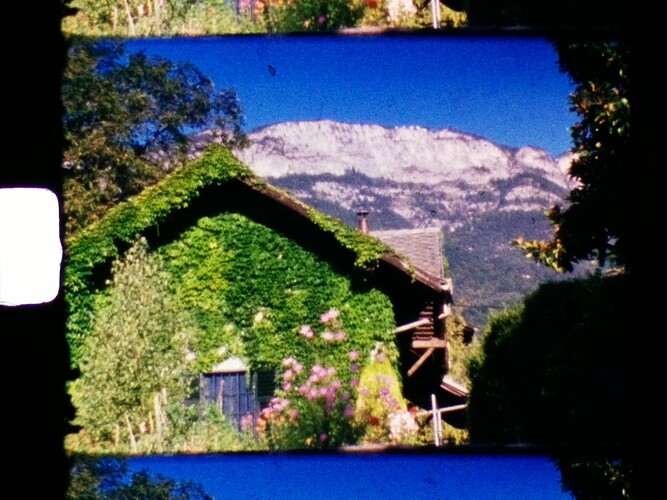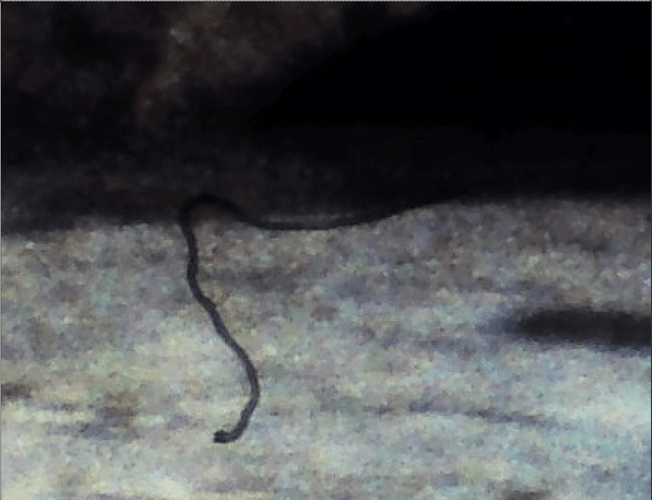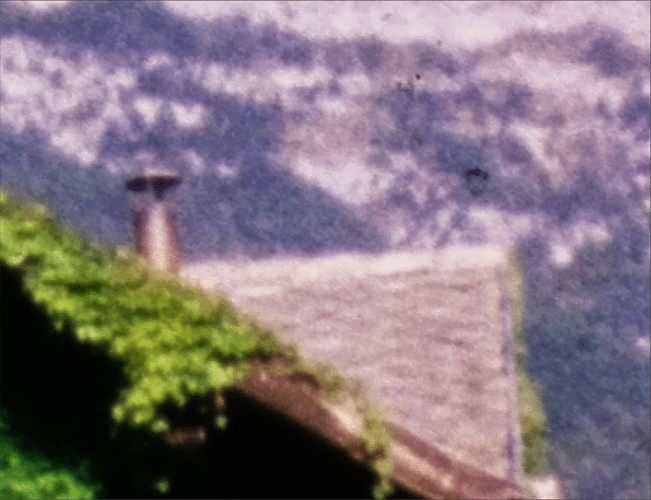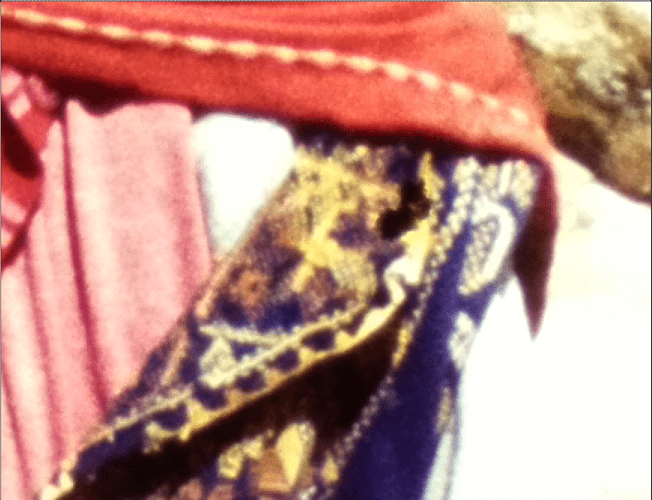This discussion has been around multiple times, and the purpose of creating a topic is to, hopefully, compare perspectives.
I would start by admitting that this is the very reason I was drawn to build a DIY scanner, to see what I could get from those 50 year old film reels.
Many have pointed out the limitation of the camera lens, which are very valid points. Nevertheless, the purpose of this community is to scan film, so I am going to borrow this line from @friolator, which I have taken as a mission statement:
to digitally reproduce the film as closely as we can, not so much the picture the film contains
With that, I would like to share a simple perspective of why, in my view, 8mm and Super 8 should be scanned at a higher resolution than typical HD (1080 vertical).
Test Specs - lines/mm
The test film for 8mm (below) calls for lines per millimeter, and the range is from 20 to 60. But if one looks closely at the right side of the chart, the indication references center segments 60-240.
The SMPTE recommended practice for the above is RP19-1982 in item 3.4 indicates
The rosette in the center shall indicate a measurement from 60 to 240 lines per millimeter.
Below a compilation of the dimensions in mm.
If the film under this particular conditions is capable of resolving 240 lines per mm, this is a relevant data point. But many references are expressed in line pairs per mm (lp/mm), or cycles per mm (cycles/mm).
I could not find a definition of the SMPTE lines/mm so I would assume 240 implies resolving 120 white lines equally spaced with 120 background lines, which would then be equivalent to 120 lp/mm (line pairs/mm). That would be the lowest too.
Film Specs - cycles/mm
Film specification for Kodachrome expressed the resolution as Modulation-Transfer Curve in Response percentage vs Spatial Frequency. There is great information on the subject, this example offers great detailed information.
For this discussion, the reference would be the typical Modulation-Transfer Curve of Kodachrome.
The curve indicates that after 80 cycles/mm the film response is less than 10%, with Daylight exposure, very representative of a typical 8mm film.
Which one is it?
Both. On one hand, the test pattern clearly indicates that projectors (and now our scanners) should be tested to a resolution of 240 lines/mm (here assumed as 120 lp/mm) and on the other hand exposed film is capable of transfer 80 cycles/mm.
Cycles are not Line pairs, but the film space that these occupy, is actually the same.
100 lines,100 pixels?
If in one millimeter one wishes to represent 100 lines (50 white, 50 black), it is representing 50 line pairs, and it can also represent 50 cycles.
So why not say that the digital representation of these are 100 pixels? the more than… in Nyquist.
Nyquist’s theorem states that a periodic signal must be sampled at more than twice the highest frequency component of the signal
To represent 50 cycles/mm one would require sampling at more than 100 cycles/mm, more than 100 pixels/mm. As explained in the example reference, line pairs have even higher frequency components than cycles. Lines are more like a square wave, cycles more line a sine wave. How sharp does one line transitions would be directly affected by the maximum component sampled.
Super 8
If one goes by the film resolution limit of 80 cycles/mm, it would require more than 160 pixels/mm. That would represent a frame of 926 x 667 pixels, and the entire film width/height would require 1264 x 677 pixels.
If one goes by the test standard resolution of 240 lines or 120 lp/mm, it would require more than 1390 x 1000 pixels for the frame. In this case if the entire film width/height is scanned, that would require more than 1896 x 1015 pixels.
Summary
Scanning a full width height Super 8 film at 1920x1080 is barely the Nyquist minimum requirement, and probably under the 240 lines provided by the SMPTE test film recommended practice, yet is probably slightly higher than the film resolution.
Is the bare minimum good enough? Most likely not. Digital processing would yield better results if the source material is a higher resolution, even if the target output is 1920 x 1080.
Is 4K too much for 8mm Super8? If one is doing full width/height, 4K is about 2 times Nyquist. Not unreasonable or excessive.
What about 16mm? If HD is the bare minimum for full width/height on 8mm, it is easy to extrapolate that it would fall short as 16 mm target output.
There are other considerations, such as grain, and even scratches. Circling back to the mission, if the goal is to digitally reproduce the film as closely as one can, (grain, scratches and everything else) 4K is suitable as scanning resolution for 8mm and Super8. Add to that consideration that some cameras/sensors spatial resolutions would be further reduced by the bayer filter.
In closing, one can use the resolution that is appropriate to the content and budget, but keep in mind that 4K for digitally preserving is a reasonable resolution for 8 and Super 8. Here is a sample of 8mm scanned at higher resolution than 4K. Other than levels, cropping, and sizing no other postprocessing performed. Be sure to select 4K playback.
Hope this is helpful and look forward to reading other perspectives/results on the subject.
